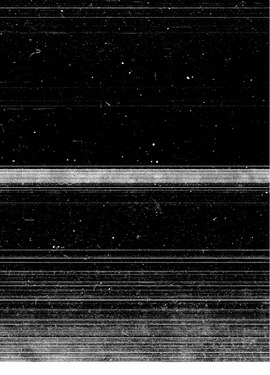| dc.contributor.author | Mosser, Dennis Robert, | en_US |
| dc.date.accessioned | 2013-08-16T12:29:08Z | |
| dc.date.available | 2013-08-16T12:29:08Z | |
| dc.date.issued | 1984 | en_US |
| dc.identifier.uri | https://hdl.handle.net/11244/5264 | |
| dc.description.abstract | The purpose of this study was to search for and identify a specific Ave Maria cantus firmus that could serve as a core for possible use in Ave Maria motets throughout the sixteeenth century. The premise of the study was that sixteenth century composers had access to the source of a specific chant that has been lost except for its use as a cantus firmus in polyphony. | en_US |
| dc.description.abstract | Summary tabulations of the comparisons indicated that a surprising 82.4% of the phrases were used exactly as found in the core cantus firmus; 15.4% were used in a paraphrased form; and only 2.2% of the phrases were created from new material. | en_US |
| dc.description.abstract | A search for all the sixteenth century Ave Maria motets available in published form uncovered twenty-three works. An examination of each motet revealed that fifteen were based on the core cantus firmus. They were composed by Josquin, Verdelot, Festa, Morales, Phinot, Gombert, Willaert, Merulo, and Palestrina. The motets were then compared to the cantus firmus, phrase by phrase, to determine if it was used in an exact or altered form. | en_US |
| dc.description.abstract | While this study has discovered and affirmed the use of a core cantus firmus for most of the Ave Maria motets in the sixteenth century, it has also raised issues that require further study: (1) are there other unpublished motets that use the same cantus firmus, (2) is there a chant manuscript that will serve as the primary source for the first use of the cantus firmus, or (3) how are performances of Ave Maria motets affected by knowledge of this cantus firmus? | en_US |
| dc.description.abstract | This study has shown that for the greater part of the sixteenth century, a preponderance of Ave Maria motets were exact in their use of the core cantus firmus. Two possible conclusions are drawn from this information: (1) a chant melody for the complete text exists in some manuscript, as yet unknown, and (2) an early polyphonic motet was so exceptional that it exerted its influence on future composers for nearly a century. | en_US |
| dc.format.extent | 2 v. : | en_US |
| dc.subject | Music. | en_US |
| dc.title | The identification and use of the Ave Maria Cantus firmus in sixteenth century motets / | en_US |
| dc.type | Thesis | en_US |
| dc.thesis.degree | D.M.A. | en_US |
| dc.thesis.degreeDiscipline | School of Music | en_US |
| dc.note | Source: Dissertation Abstracts International, Volume: 45-08, Section: A, page: 2299. | en_US |
| ou.identifier | (UMI)AAI8423988 | en_US |
| ou.group | Weitzenhoffer Family College of Fine Arts::School of Music | |
